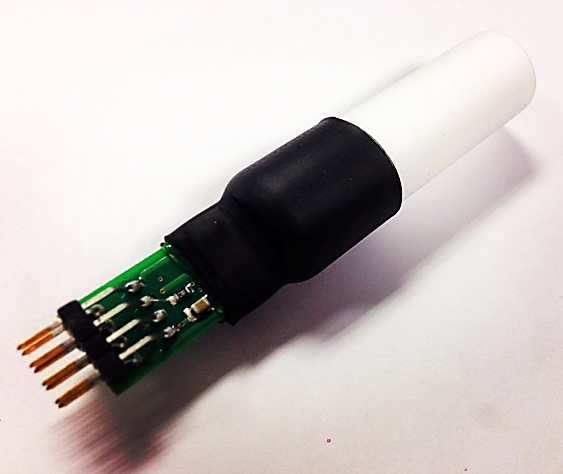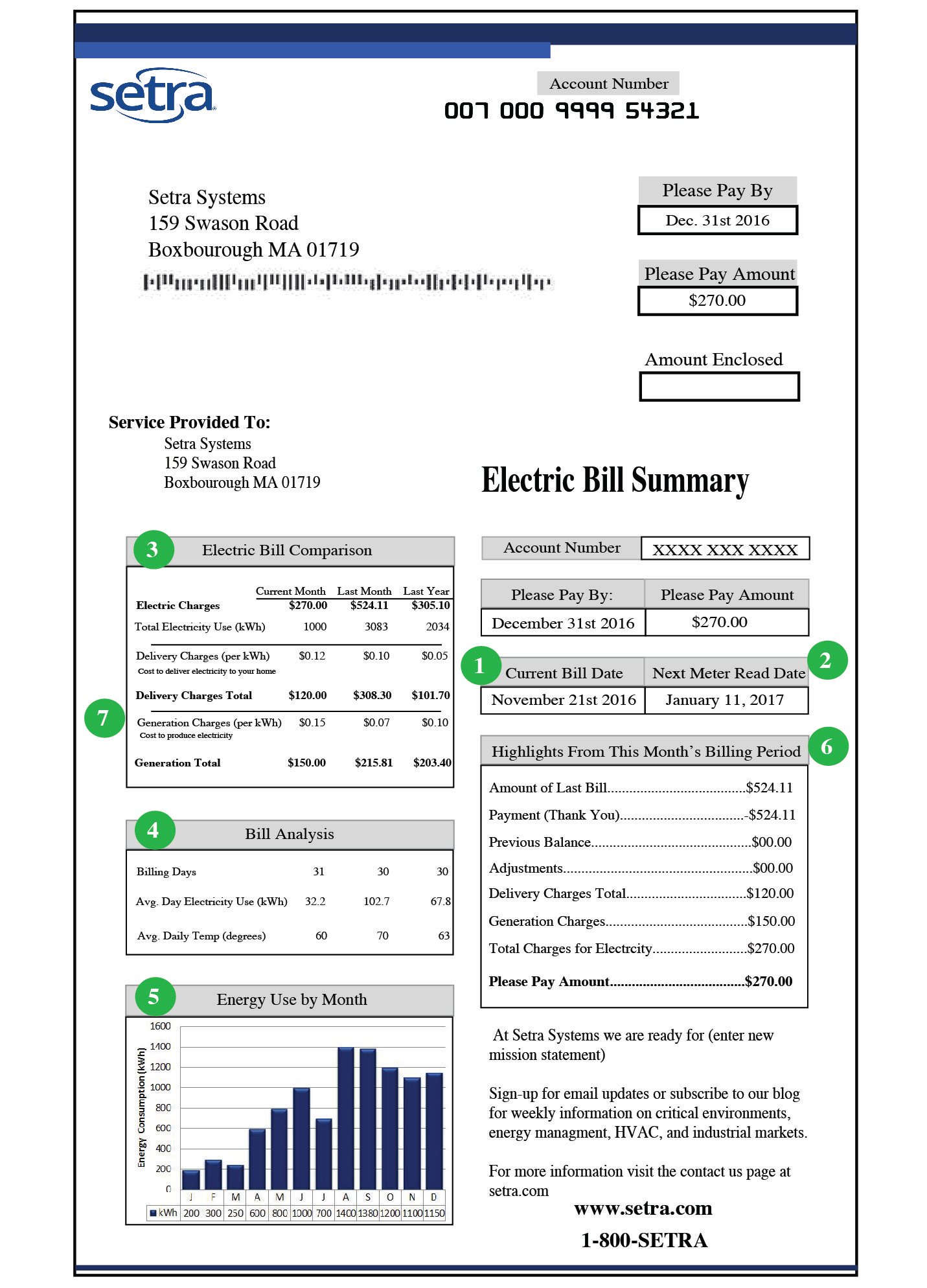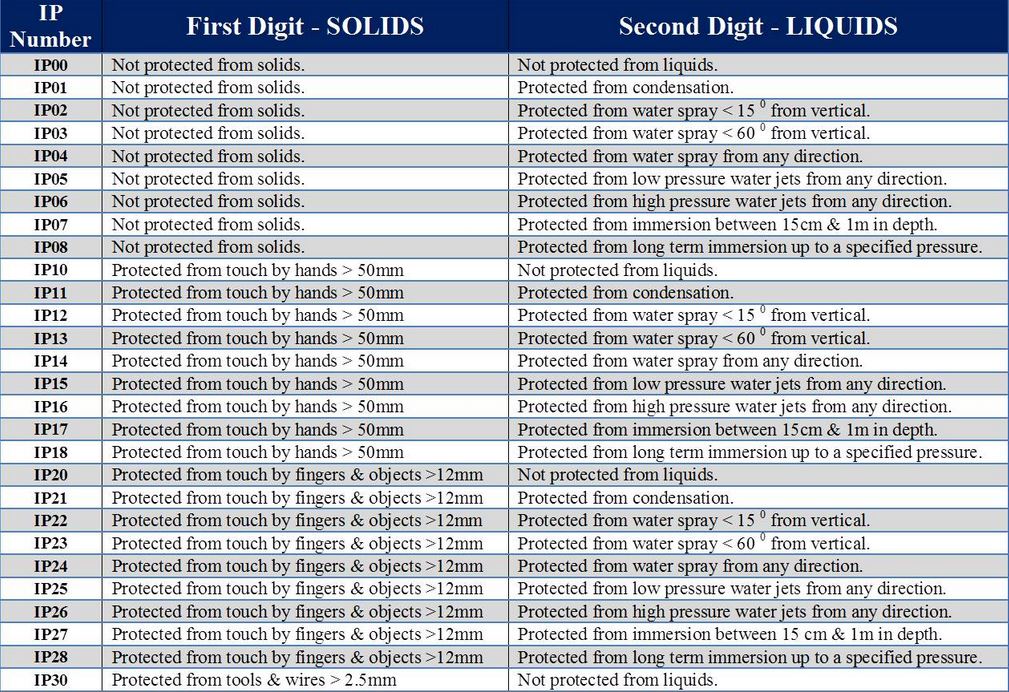After understanding the basis of sick building syndrome, recognizing the root causes for the syndrome is the next step for prevention or treatment. By properly identifying the root causes, suitable countermeasures can be constructed. Causes for sick building syndrome can be classified into three categories:
Setra Blog
Brandon Rogers
Recent Posts
When selecting a humidity sensor, we recommend choosing one with a field replaceable tip. Why are we recommending this? A field replaceable tip is easy to replace and allows the end-user to swap the sensor on-site without having to calibrate the unit or remove it from its mount. We recommend sensors with field replaceable tips for the following reasons:
As we have talked about in our Importance of Measuring Humidity post, accurate humidity measurement is crucial. Building owners must be sure to maintain and monitor humidity levels for occupants' comfort and safety. Improper humidity measurement can put a building at risk for mold and other airborne pathogens which can lead to sick building syndrome.
There are three types of mounts for humidity sensors; wall mount, duct mount or outdoor air. In order to operate correctly with a long life expectancy, it is vital that the sensor is properly mounted and placed. Proper mounting requires careful consideration to ensure the sensor meets your needs. Here is a guide on how to place three types of humidity sensors:
https://www.setra.com/products/pressure/model-asl-high-accuracy-pressure-transducerWith the growing requirements of building maintenance, HVAC systems are no longer able to meet demand operating alone. Whether it is a commercial, retail or industrial building, pressure sensors play a significant role in monitoring the building for occupants’ safety and comfort. When integrated with pressure technology, HVAC systems can operate at optimum levels as well as improve building maintenance. Three ways this can be done are:
Integrating energy management into your company’s budget is a challenging task. There are many reasons why companies today are not investing in energy management. Many owners view investments in as an expense rather than an investment. Energy costs often account for the largest portion of a company’s expenditures yet many don't realize that an energy management program can save money and provide an immediate ROI. We understand that budgets are tight, however by being creative with your budget there are several steps that can be taken to save money in order to invest in energy management.
Has your electricity bill ever been higher than expected? Rather than blindly paying the amount, we will help you understand and breakdown the important areas of your bill.
Identifying where your money goes in your energy bill can allow you to better manage energy consumption and develop plans for cost savings.
Hospitals are one of the most energy intense buildings on the planet.
As budgets are becoming tighter, many hospitals today are moving towards energy management for cost savings. In breaking down how hospitals can save on energy costs, the first step is to understand what areas of the hospital consume the most energy. Keep in mind that energy consumption varies for each individual hospital based on certain factors such as the hospitals primary function and geographic location.
IP Rating, commonly known as International Protection Rating or Ingress Protection Rating, is used to define levels of sealing effectiveness and degrees of protection against substances in electrical enclosures. Examples of substances include tools, dirt, moisture, dust and water. IP ratings are defined by the international standard EN 60529 (British BS EN 60529:1992, European IEC 60509:1989). The table below provides examples of IP ratings.
IP Ratings are used to define levels of sealing effectiveness and degrees of protection against substances in electrical enclosures. Ratings are defined by the international standard EN 60529 (British BS EN 60529:1992, European IEC 60509:1989).
Buildings Can Get Sick Too…
When you are not feeling well, you usually attribute the root cause to bacteria or an infectious person. Not many people realize the root cause of an illness can be improperly regulated HVAC systems in buildings. Indoor air quality is becoming a matter of concern. In fact, Americans on average spend 90% of their time indoors; less than an hour a day is spent outside. All of this time spent indoors in a poorly controlled environment can lead to sick building syndrome (SBS).
Subscribe to Our Blog!
Topics
- Critical Environments (182)
- HVAC/R (179)
- General Industrial (153)
- Building Automation (134)
- General Industrial OEM (92)
- Energy Management (85)
- Test and Measurement (66)
- HVAC/R OEM (58)
- Barometric (44)
- Alternative Fuels (42)
- Medical (40)
- Process/Mfg Tank Level (40)
- Water and Wastewater (39)
- OHV (38)
- Oil and Gas (35)
- Industrial Vacuum (29)
- Calibration (25)
- Semiconductor (25)
- Particle Counting (20)
- Cleanroom Monitoring (17)
- Room Pressure Monitoring (16)
- Trade Show (12)
- cleanroom environment (12)
- Scales (11)
- Environmental Monitoring (10)
- Power Monitoring (10)
- Healthcare (9)
- Power Meters (9)
- Software (9)
- cleanroom monitoring systems (9)
- Case Study (8)
- critical environment technologies (8)
- data centers (8)
- Humidity (7)
- particle counter (6)
- pressure transducers (6)
- LITE room pressure monitor (5)
- hardware and software cleanroom monitoring systems (5)
- setra lite (5)
- Compliance (3)
- Video (3)
- hospital spaces (3)
- FAQ & Troubleshooting (2)
- Monitoring Compounding Pharmacies (2)
- Semiconductor Manufacturing (2)
- agencies that monitor pharmacies (2)
- energy (2)
- hvac (2)
- laboratories (2)
- monitor compound pharmacy (2)
- protected environment (2)
- regulatory compliance (2)
- setra lite features (2)
- usp 797 (2)
- Current Sensors and Transducers (1)
- Current Transformers (1)
- Lithium-Ion Battery (1)
- Pressure (1)
- aerospace cleanrooms (1)
- cems (1)
- digital transformation (1)
- ipv6 multicast (1)
- ipv6 multicast address (1)
- ipv6 multicast address range (1)
- isolation room pressure monitoring (1)
- multicast address ipv6 (1)
- multicast ipv6 (1)
- operating room (1)
- pharma 4.0 (1)
- pressure sensor (1)
- pressure transducer companies (1)
- semi conductor (1)
- sensors and transducers (1)
- setra pressure transducers (1)
- submetering (1)
- sustainability (1)
- temperature monitor (1)
- temperature monitoring for pharmacies (1)
- transducers (1)
- usp 800 (1)
- water (1)
- what does hvac stand for (1)
- what is a transducer (1)
- what is hvac (1)














